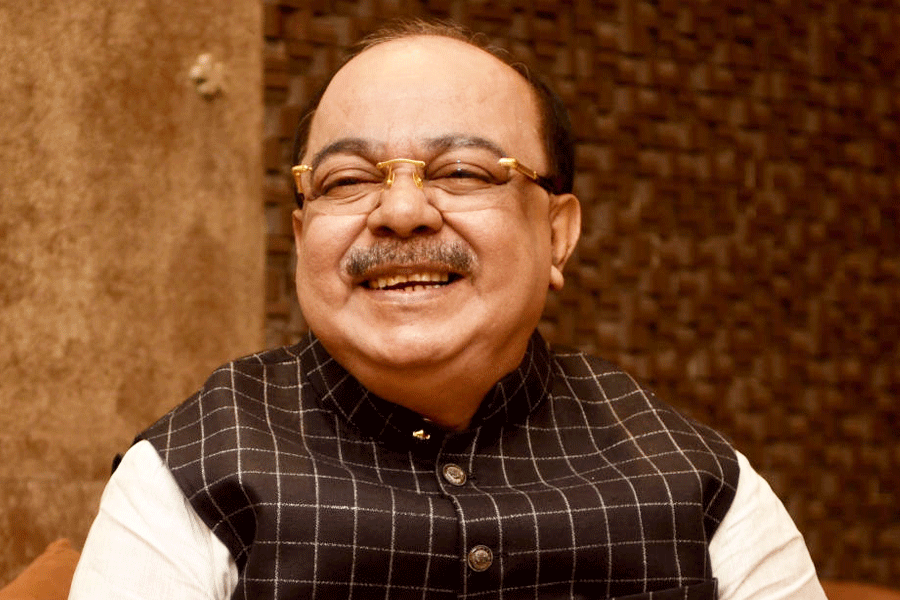“Cinema is a language. It can say things — big, abstract things... Some people are poets and have a beautiful way of saying things with words. But cinema is its own language.” — David Lynch
These poignant words by the legendary film-maker raise interesting questions in the light of Ajay Devgn’s recent tweet about Hindi being India’s ‘national’ language, leading to widespread social debates on the battle between vernacular cinema and Hindi films in a nation that has innumerable ethnic groups and an estimated 1,600 local languages and dialects.
There has been a systematic propaganda to induce belief in promoting Hindi as a pan-Indian language as well as Bollywood to be representative of the entire Indian film industry. This is not a problem unique to India. Switzerland has four national languages (German, French, Italian and Rumantsch); Nigeria has over 525 languages; Papua New Guinea, which has a population of nearly 9 million, speaks in over 800 tongues. In countries with such diverse ethnic groups, it is unfortunately common for the mainstream media to create the impression of a single, dominant language for films. This has an injurious effect on cinema, which is an exceptionally powerful tool to disseminate soft power.
Nollywood — the Nigerian film industry — produces, on an average, 50 movies per week, making it the second largest film industry in the world. Amazon Prime has signed exclusive agreements with multiple Nollywood studios, a decision it says will fundamentally alter the way they operate. Yet, commercial films are mostly available in ‘Nigerian-English’. Fortunately, the use of Igbo, Yoruba, Pidgin and Hausa is on the rise.
Historically, the Chinese film industry has had its roots in northern, eastern, southern and western China, each geographical sphere having its own cultural, historical and philosophical heritage. During the founding of the Peoples’ Republic of China, the management of film industries was done on the basis of territorial divisions and, till the 1990s, it was an entirely State-run operation. After the 1990s, film distribution and exhibition slowly started to shift towards the market and private enterprises began to participate enthusiastically. Today, China’s film industry has three successful regions — mainland China, Hong Kong and Taiwan — each co- existing successfully and providing a perfect launching pad for the Chinese film industry to hop on to the global bandwagon.
Linguistic and national cooperation are common in the European film industry too. It is home to several important film centres and markets mainly because of the existence of multiple languages, even though French-Belgian co-productions continue to dominate the European market.
The Latin American film industry — Mexico being the top dog — is one of the most diverse with films being made not only in Spanish but also French, Portuguese and Dutch. There are local clusters, such as Papiamento, that speak Creole. Paraguay and parts of northern Argentina have kept alive their Guarani-Spanish bilingualism whereas the residue of Italian migration during the nineteenth century is still prominent in the everyday life of Chipilo, Mexico.
In 2022, the world is getting increasingly connected with people in far-flung corners watching Netflix on their phones. Neither conversation about nor the reach of films should remain a prisoner of a single language.











